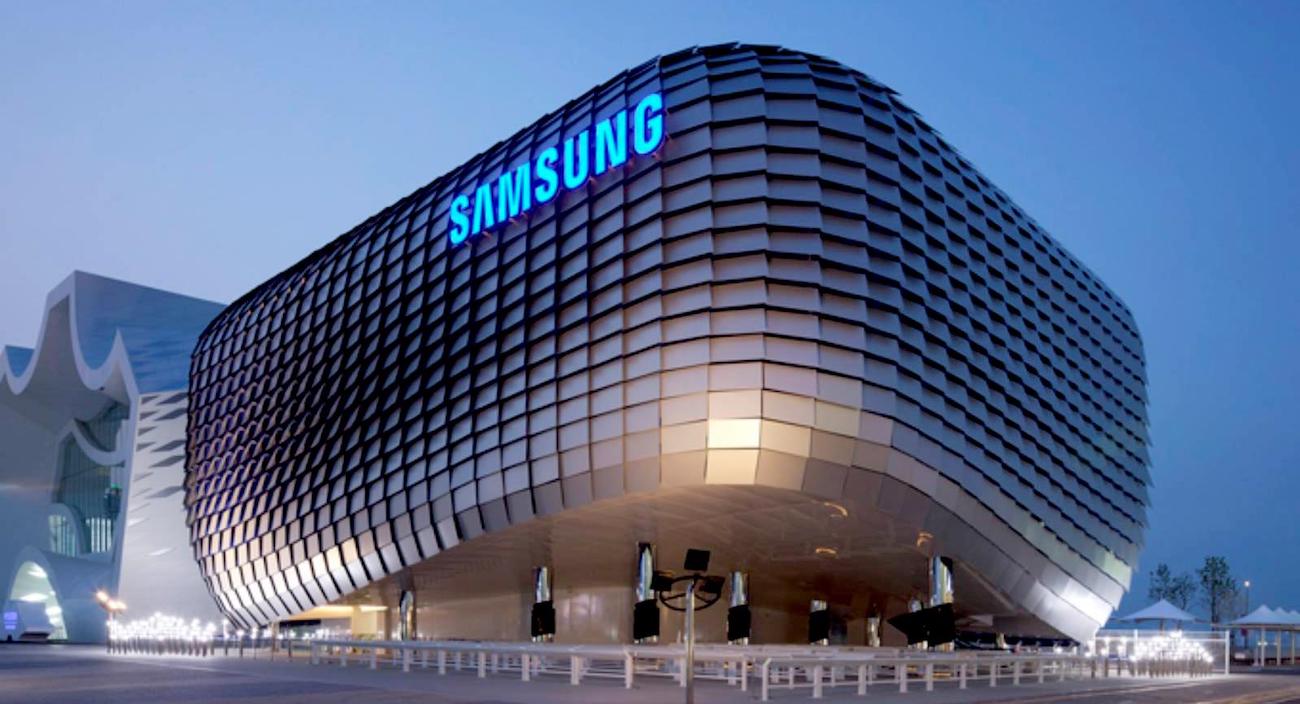Consumers’ priorities when buying new television sets have changed noticeably over the past few years with smart functions gaining popularity.
According to a survey on the usage and attitude of consumers conducted by Samsung Electronics between 2014 and 2016, the importance of smart function doubled from 15.1 percent to 29.6 percent within the two years.
The survey also showed that, even though picture quality, price and screen size still remain the foremost factors considered by consumers when buying a television, the priority of these factors decreased.
“The increase in demand for televisions with smart functions seen in the past few years is indicative of an increased desire for engagement, particularly immersive viewing experiences,” said Jung Hyun Park, Vice President and Managing Director of Samsung Electronics East Africa.
Currently, most if not all television manufacturers have entered the bandwagon of manufacturing television sets with smart functions also known as Smart TVs with the trend moving towards making every TV set ‘smart’.
For example, starting in 2010, Samsung Electronics made various attempts to make the television smarter by incorporating features like a TV app store, search and web surfing, multi-screen capabilities and even support for shopping.
These days, countless live television and Over-The-Top (OTT) companies broadcast content. In fact, the number of television content and application partners for Samsung alone exceeds 1,000.
“Whereas the television used to be a device that changed broadcast signals into an image on a screen, today’s TV is a device that connects various multimedia sources,” explains Mr. Park. “Thus, we have come to the conclusion that a true smart television should be able to provide a range of content in a quick and easy manner and allow users to enjoy supreme picture quality.”
Today, however, an average of 2.8 devices such as set-top boxes, game consoles and blue-ray players are connected to the television, while the average consumer has about four remote controls lying around their living room.
Related: New range of TVs bring out Samsung’s true colours
“Such an environment littered with many remotes hinders the user experience, and leads consumers to wonder if smart TVs are, in fact, truly smart. This led Samsung to develop the Smart Hub first screen that auto detects all connected devices, using a single TV remote to control multiple gadgets eliminating the need for multiple remotes in the living room,” says Mr. Park.
Television manufacturers such as Samsung attribute increase in the usage of Smart TV apps and services to the concept ‘Single Experience’ at 3.3 fold and increase in the frequency of controlling set-top boxes with an integrated remote control at 1.6-fold
For example, Samsung’s 2017 flagship QLED TV line-up has an expanded Smart Hub that offers a more intuitive and unified experience. Users will also be able to control every connected TV device from one source using the Samsung Smart Remote. Paired with the latest Smart View App – available on Android or iOS mobile devices – users will enjoy a personalized Smart Hub
“We will extend the user experience by going beyond using a smartphone as a remote control to select and display content on TV. We will strive to enhance the Samsung Smart TV ecosystem – which already exceeds 100 million devices – by intensifying voice recognition and artificial intelligence, utilising big data, and more,” concludes Mr Park.













Leave a comment